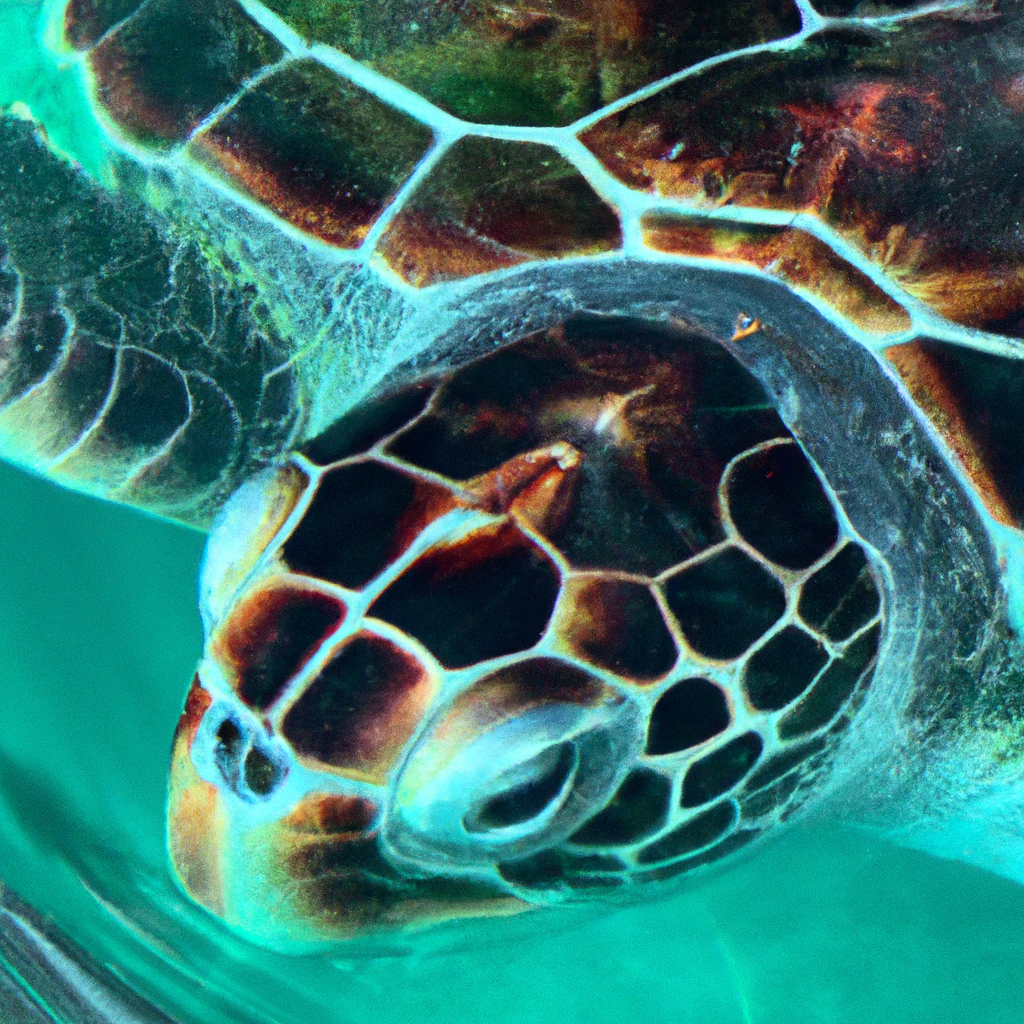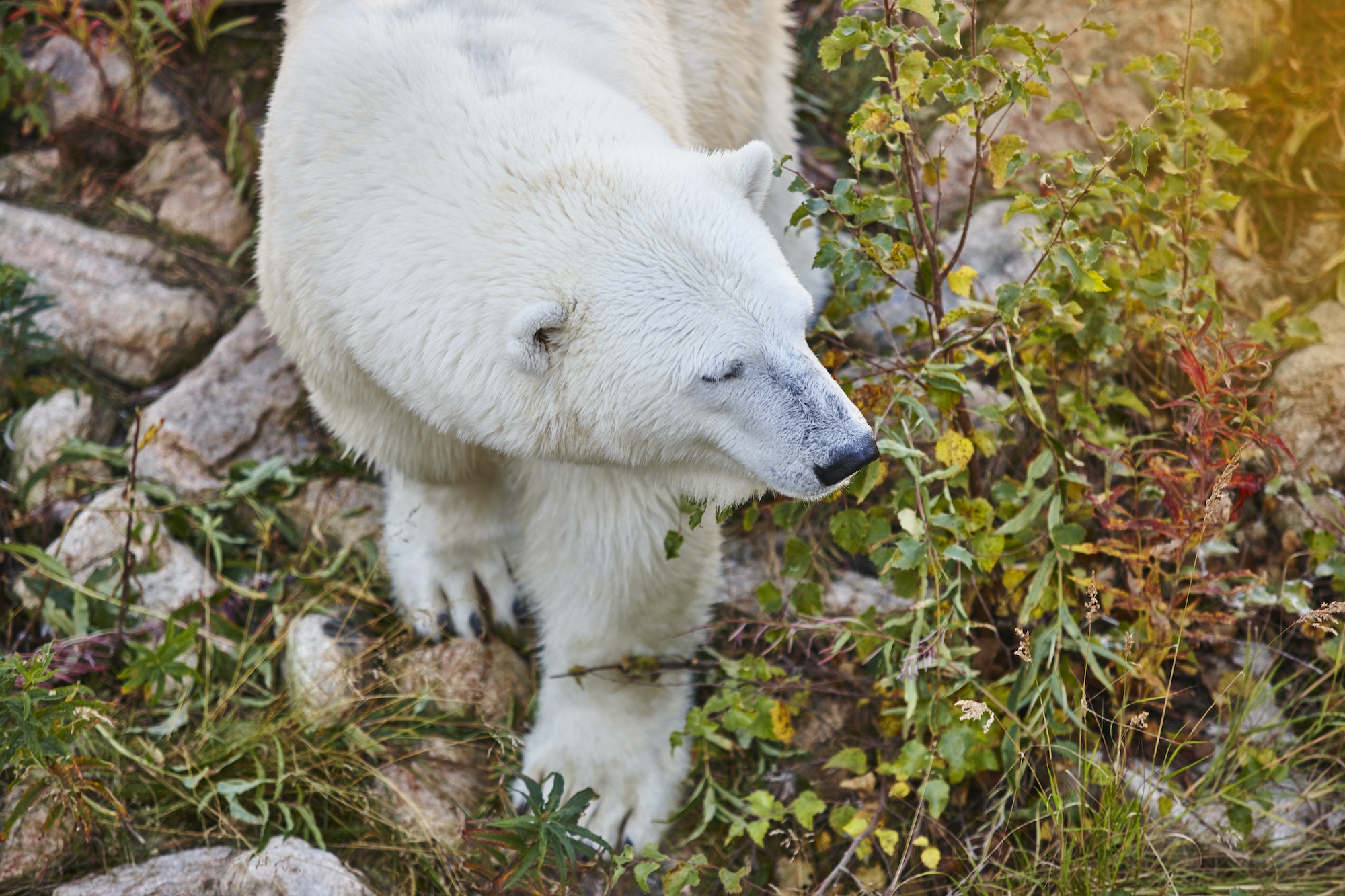
Welcome to our comprehensive guide on extending the lifespan of your pet turtle. As dedicated pet owners, we understand the importance of providing the best care possible for our beloved reptilian friends. In this article, we will delve into the secrets behind the world’s longest-living turtle species and share valuable tips and insights to help you optimize your turtle’s health and well-being. By following these recommendations, you can ensure that your pet turtle thrives and enjoys a long and fulfilling life by your side.
The Fascinating World of Turtles
Turtles have captivated the hearts and minds of humans for centuries. Their unique appearance, calm demeanor, and intriguing behavior make them popular choices as pets. However, it is crucial to note that not all turtle species have the same lifespan. Some turtles can live for several decades, while others have been known to reach over a century in age. By understanding the factors that contribute to their longevity, we can provide our pet turtles with the best possible care.
Choosing the Right Turtle Species
The first step in extending your pet turtle’s lifespan is selecting the right species. Some turtle species are naturally long-lived, and by choosing one of these, you are setting the stage for a lengthy companionship. Common long-lived turtle species include the Galapagos tortoise, the Aldabra giant tortoise, and the box turtle.
Creating the Ideal Habitat
Creating a suitable habitat for your pet turtle is essential for its overall health and longevity. Turtles require an environment that mimics their natural habitat as closely as possible. This includes providing an ample enclosure with both dry and aquatic areas, appropriate lighting and temperature gradients, and a well-balanced diet. Consulting with a reptile specialist or veterinarian can help you create the perfect environment for your pet turtle.
The Secrets of Long-Lived Turtles
Now, let’s explore the secrets behind the exceptional lifespan of certain turtle species. By understanding these factors, we can apply them to our own pet turtles and help them live longer and healthier lives.
Genetic Factors
Genetics, diet, habitat, and access to veterinary care all play a role in determining a turtle’s lifespan. Some turtle species have evolved with genetic traits that contribute to their longevity, but even these species will not live long if they are not provided with the proper care. These genetic factors include efficient metabolic processes, strong immune systems, and the ability to resist diseases. While we cannot alter our pet turtle’s genetics, providing proper care can help optimize their genetic potential.
Diet and Nutrition
A well-balanced diet is crucial for a pet turtle’s health and longevity. Turtles are omnivorous creatures, meaning they require a combination of plant-based and animal-based foods. Offering a variety of fresh vegetables, fruits, insects, and high-quality commercial turtle food will ensure that your pet receives all the essential nutrients it needs. Avoid overfeeding, as obesity can lead to various health issues and shorten your turtle’s lifespan.
Environmental Factors
Creating an optimal environment for your pet turtle is vital. Temperature, humidity, lighting, and access to clean water are all critical factors that contribute to a turtle’s overall well-being. Maintaining a stable and appropriate temperature range, providing UVB lighting to stimulate vitamin D production, and ensuring clean water for swimming and hydration are essential for your turtle’s health and longevity.
Veterinary Care and Regular Check-ups
Just like any other pet, turtles require regular veterinary care to maintain their health. Routine check-ups allow veterinarians to detect any underlying health issues early on and provide necessary treatments. Regular fecal examinations can also help identify and prevent parasitic infections. Following your veterinarian’s advice and scheduling regular check-ups can significantly contribute to your pet turtle’s longevity.
Conclusion
In conclusion, understanding the secrets of the world’s longest-living turtle species gives us valuable insights into extending the lifespan of our pet turtles. By choosing the right species, creating an ideal habitat, providing a balanced diet, optimizing environmental factors, and seeking regular veterinary care, we can ensure that our pet turtles live long, healthy, and fulfilling lives. Remember, the bond we share with our pet turtles is a lifelong commitment, and by following these guidelines, we can provide them with the best possible care. Let’s embark on this journey together and give our pet turtles the longevity they deserve.





